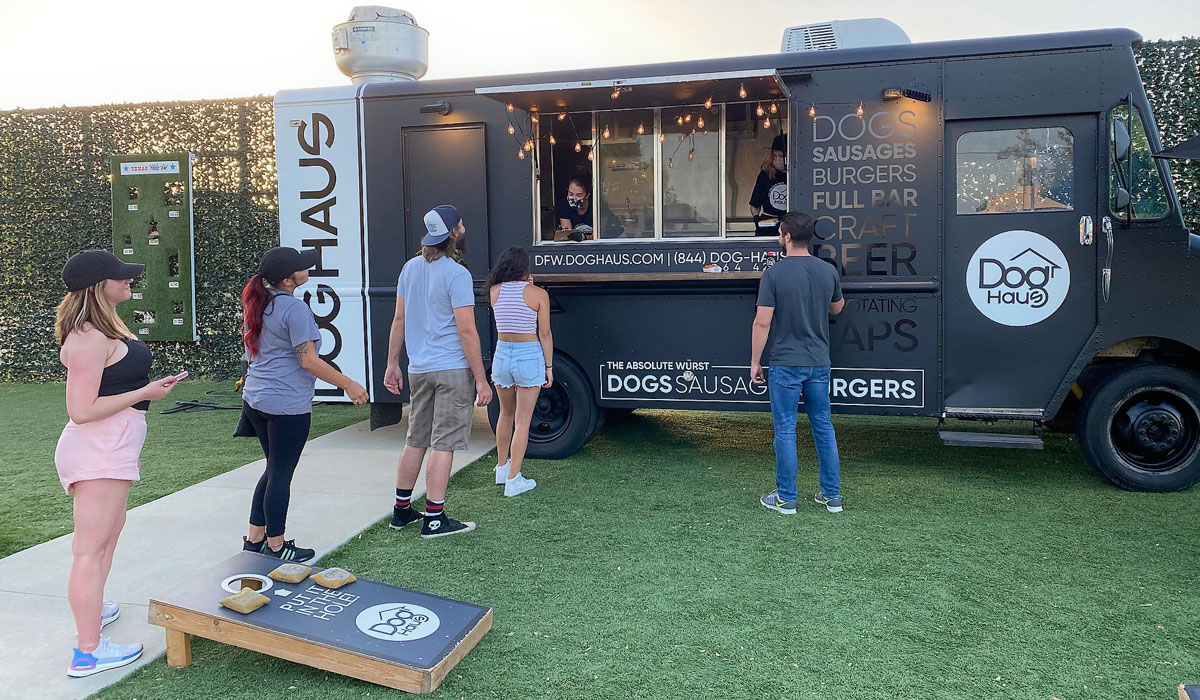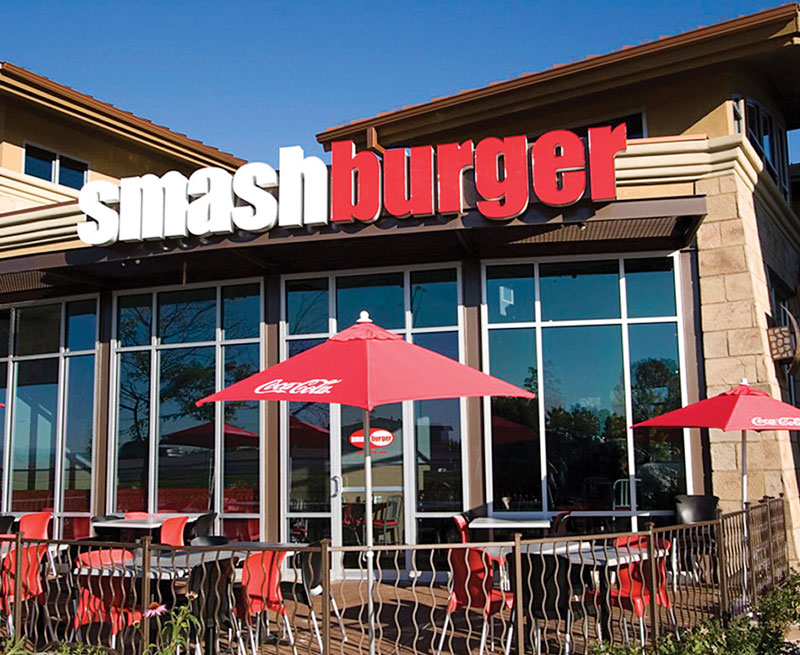To understand where Smashburger is now, you must look back to August 2019 when Carl Bachmann was promoted to president.
Attached to his tenure was an aggressive, five-point strategy aimed at pushing Smashburger to the top of the better-burger category. The go-forward plan consisted of forming a world-class team and infrastructure, focusing on taste and quality of products, redefining the portfolio as a hub-and-spoke model, adopting the systems and culture of Jollibee, its parent company, and leveraging the marketing team to reposition the brand.
Jollibee, the largest foodservice company in Asia with north of 3,000 outlets, took control of Smashburger in late 2018 when it grabbed a $100 million stake in the chain, bringing its ownership from 45 percent to 85 percent. It then spent $10 million to acquire the remaining 15 percent.
Because of the blueprint, Bachmann and his team entered the pandemic with a strengthened compass. And if any further proof is needed, Smashburger will end 2020 with sales growth year-over-year, and double-digit increases for eight consecutive months.
“Smashburger decided that we could live with our plan, but we need to accelerate the plan,” Bachmann says. “So instead of sitting back, we coined the phrase ‘pandemic positive’ and that meant culturally, but also in sales. We were going to take an aggressive approach.”
Each of the five points was carried forward with the knowledge that the restaurant industry was headed toward a digital landscape. Amid the crisis, Smashburger has used third-party aggregators and its website and mobile app to deliver a 436.7 percent increase in digital orders.
On December 14, the chain will launch updates to its app and website to provide a faster, frictionless experience, and give consumers the ability to earn and burn points through the loyalty reward program. In January, Smashburger will roll out a more intuitive curbside pickup program in which customers can tell restaurants what type of car they have and where to place the order. Curbside was rolled out to more than 70 units at the peak of the pandemic.
“I believe that’s the long-term play,” Bachmann says. “I think restaurants need to understand that without a digital transformation in today’s world, you’re not going to be successful.”
Bachmann notes that the brand has seen a real conversion by customers. That gives Smashburger the opportunity to build prototypes more conducive to the digital age.


The brand is creating a design that’s more modern and chef-inspired. Bachmann says it will feature contactless pickup via cubby systems and an open kitchen to “make food the star.” Smashburger is also reimagining its style by elevating interior designs and moving away from fast food cues like the colors red and yellow.
“The key to our new model and new prototype is to give people, as close as you can, to a fast-casual experience, both inside the restaurant, but also outside the restaurant,” Bachmann says.
The goal is to open 40 or more stores in 2021, but the approach will be much different. Bachmann explains that Smashburger has grown like a vine across the country when it really needs to flourish as a bush by growing outward from core regions.
The development will be spread across two basic areas—uber urban and suburban retail. The suburban units will be positioned beside big box retailers and highly residential areas. The urban locales, places like Brooklyn, Los Angeles, Houston, Denver, New York, and Washington, D.C., will be Smashburger’s ionic, high-volume stores that create brand awareness.
While suburban units have performed well during the pandemic, urban locations have struggled to recover because of empty office spaces and lack of foot traffic. But Bachmann cautions restaurateurs not to give up on cities just yet—Smashburger certainly isn’t.
“I think it’s highly overrated that the end of cities is near,” Bachmann says. “Maybe because I’ve been a New Yorker all my life, but I believe cities are going to bounce back and I think you’re seeing it already even though we’re having some challenges with this pandemic. I think people still live and work and will enjoy the cities. I think the business climate has changed and that’s why the digital piece becomes so important. Your traditional restaurants have to adapt. And if they don’t adapt, they’re going to suffer. So that’s the reality.”
Smashburger has retracted unit count in recent years. It shut 46 venues to end 2019 with 277 stores. The year before, it exited the calendar with 323 restaurants. It had 333 at the end of 2017. A net 78 stores closed in the past three years.
Smashburger closed 2019 with $300 million in total domestic systemwide sales, according to FoodserviceResults. Average-unit volumes ticked up to $945,000 from $933,000 in the prior year.
As the portfolio becomes more polished, so does the menu. While many concepts chose to shy away from menu innovation amid the pandemic, Smashburger moved forward with its Bacon Brisket Burger in May. The BOGO $1 deal generated more sales than any other promotion in 2020 and pushed the burger to 7 percent of sales. Four months later, the Bacon Brisket Burger has settled in around 5 percent.
Smashburger also decided to bring back the best-selling Colorado Burger, a celebration of its home state; it also mixes roughly 5 percent. At the end of November, the chain is preparing for the release of its new and savory Tailgater Burger.
“We really wanted to create great family-dining experiences,” Bachmann says. “Whether they couldn’t dine in anymore or not, we still want to give them the kind of experience that we felt that people needed. So we thought it was the right time and place to do it. I always come back to the word comfort—really great comfort food. We want people to have a great dining experience, even if it’s in their car or in their home. And we thought this was the time to give them something better.”
Bachmann says everything that Smashburger is doing ascribes to what he calls the new world order, which is mastering transparency, convenience, and quality. That’s why his team has manically worked around fixing the restaurant’s body, it’s products, and the manner in which they are served.
He believes that people demand more, and they will continue to do so. Smashburger wants to meet that demand by raising the bar and creating comfort in uncomfortable times.
“When you talk about positioning Smashburger in the future, I think that’s really where we’re trying to be,” Bachmann says. “… When you want to have a great experience, whether it’s your work group or your family or a softball team, you want to have an elevated experience and have great value at the same time. I think that’s where we position ourselves.”





